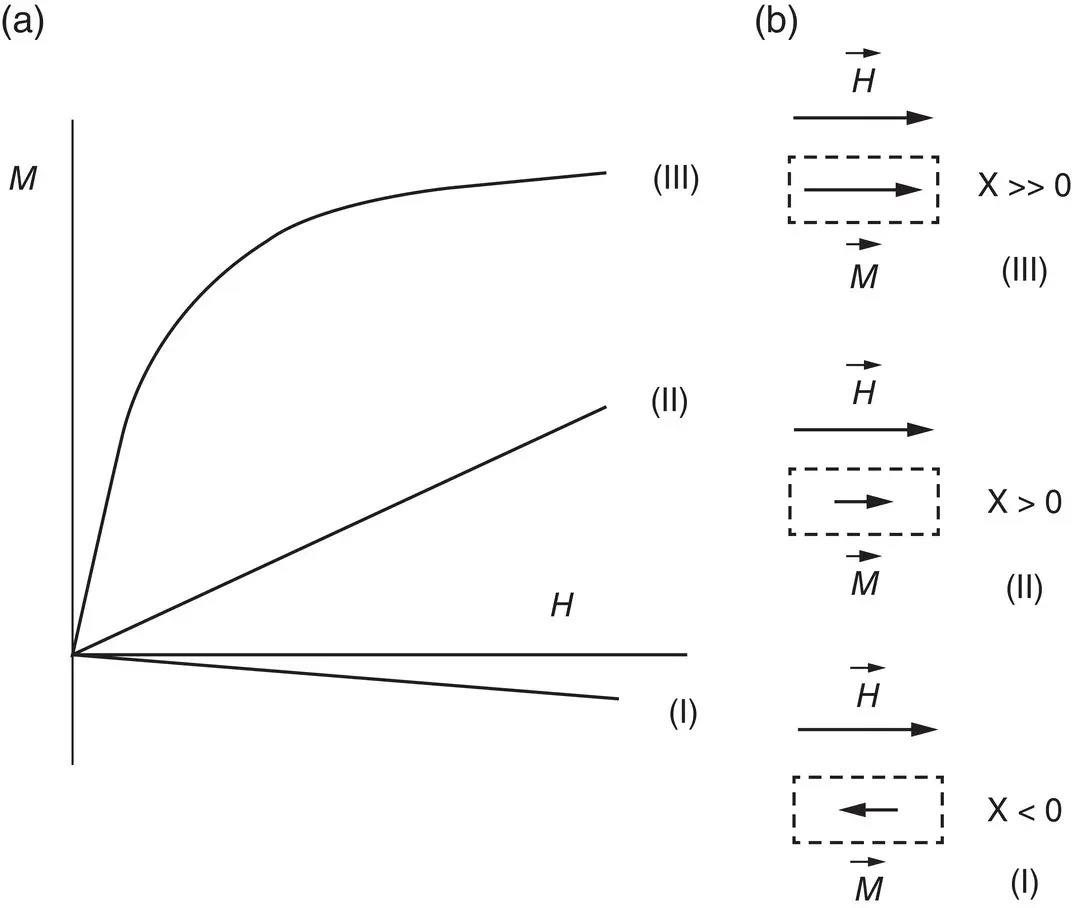Valentina Peluso
Department of Neurosciences Reproductive and Odontostomatological Sciences University of Naples Federico II Naples, Italy
Francis Perton
Université de Strasbourg, CNRS Institut de Physique et Chimie des Matériaux de Strasbourg Strasbourg, France
John Philip
Smart Materials SectionCorrosion Science and Technology Division Materials Characterization Group Metallurgy and Materials Group Indira Gandhi Centre for Atomic Research, HBNI Kalpakkam, Tamil Nadu, India
Rodolfo D. Piazza
Magnetic Materials and Colloids Laboratory Institute of Chemistry São Paulo State University (UNESP) Araraquara, SP, Brazil
Gabriel C. Pinto
Magnetic Materials and Colloids Laboratory Institute of Chemistry, São Paulo State University (UNESP) Araraquara, SP, Brazil
Mahendra Rai
UGC – Basic Science Research Faculty Department of Biotechnology SGB Amravati University Amravati, Maharashtra, India
Surojit Ranoo
Smart Materials Section Corrosion Science and Technology Division Materials Characterization Group Metallurgy and Materials GroupIndira Gandhi Centre for Atomic Research, HBNI Kalpakkam, Tamil Nadu, India
Sundas Riaz
Polymer Research Lab School of Chemical and Materials Engineering (SCME) National University of Sciences and Technology (NUST) Islamabad, Pakistan
Maritina Rouchota
Bioemission Technology Solutions (BIOEMTECH) Lefkippos Attica Technology Park NCSR “Demokritos” Ag. Paraskevi‐Athens, Greece
Teresa Russo
Institute of Polymers Composites and Biomaterials National Research Council of Italy Naples, Italy
Jaime Santoyo‐Salazar
Departmento de Física Centro de Investigación y de Estudios Avanzados del Instituto Politécnico Nacional CINVESTAV-IPN, Av. IPN 2508 Zacatenco, Ciudad de Mexico, Mexico
Sophia Sarpaki
Bioemission Technology Solutions (BIOEMTECH) Lefkippos Attica Technology Park NCSR “Demokritos” Ag. Paraskevi-Athens, Greece
Gul Shahnaz
Department of Pharmacy Faculty of Biological Sciences Quaid-i-Azam University Islamabad, Pakistan
Carolyn Shasha
Department of Physics University of Washington Seattle, WA, USA
Ioana Slabu
Applied Medical Engineering Helmholtz Institute, Medical Faculty RWTH Aachen University Aachen, Germany
Codruta Soica
Faculty of Pharmacy Department of Toxicology “Victor Babes” University of Medicine and Pharmacy Timisoara, Romania
Gabriela Fabiola Ştiufiuc
Faculty of Physics “Babes‐Bolyai” University Cluj‐Napoca, Romania
Rareș Ionuț Ştiufiuc
Department of Pharmaceutical Physics and Biophysics “Iuliu Hațieganu” University of Medicine and Pharmacy Cluj‐Napoca, Romania;
Med Future Research Center for Advanced Medicine “Iuliu Hațieganu” University of Medicine and Pharmacy Cluj‐Napoca, Romania
Romulus Tetean
Faculty of Physics “Babes‐Bolyai” University Cluj‐Napoca, Romania
Boyan Todorov
Faculty of Chemistry and Pharmacy Sofia University “St. Kliment Ohridski” Sofia, Bulgaria
Valentin Toma
Med Future Research Center for Advanced Medicine “Iuliu Hațieganu” University of Medicine and Pharmacy Cluj‐Napoca, Romania
Francois Vernay
Laboratoire PROMES CNRS UPR 8521 Université de Perpignan Via Domitia Rambla de la Thermodynamique Tecnosud, Perpignan, France
1 An Introduction to Magnetic Nanoparticles: From Bulk to Nanoscale Magnetism and Their Applicative Potential in Human Health and Medicine
Costica Caizer1, Shital Bonde2, and Mahendra Rai2
1 Physics Faculty, Department of Physics, West University of Timisoara, Timisoara, Romania
2 UGC – Basic Science Research Faculty, Department of Biotechnology, SGB Amravati University, Amravati, Maharashtra, India
1.1 Magnetism of Nanoparticles: From Bulk to Nanoscale
1.1.1 Introduction
The bulk magnetic material has specific magnetic properties depending on the type of magnetic material and the form of magnetic ordering (Smit and Wijin 1961; Kneller 1962; Jacobs and Bean 1963; Vonsovskii 1974; Kojima 1982; Rosensweig 1985; Cullity and Graham 2009). Magnetic materials can be diamagnetic, paramagnetic, and with ordered forms of magnetism. The magnetic ordered materials can be ferromagnetic, antiferomagnetic, ferimagnetic, and some more complex magnetic structures. Diamagnetic materials show a very weak magnetization ( M ) induced by the application of the external magnetic field ( H ) ( Figure 1.1a‐(I)), in the opposite direction to the magnetic field ( Figure 1.1b‐(I)), due to the phenomenon of electromagnetic induction (Faraday) that modifies the orbital and spin motion of atomic electrons. In the absence of the magnetic field, this material has no atomic (or molecular) magnetic moment. The paramagnetic materials show a weak magnetization in an external magnetic field ( Figure 1.1a‐(II)), but in the same direction of the applied magnetic field ( Figure 1.1b‐(II)), as a result of the reorientation of the permanent atomic magnetic moments in the magnetic field. This material has, at molecular level, permanent magnetic moments (in the absence of the external magnetic field), which does not interact magnetically with each other. In the case of ferromagnetic materials, an intense magnetization is obtained in the presence of the external magnetic field ( Figure 1.1a‐(III)), in the same direction with the applied magnetic field ( Figure 1.1b‐(III)), due to the existence of ordered (aligned) atomic (or molecular) magnetic moments under the action of exchange forces (exchange interaction) existing at the molecular level of a quantum nature.

Figure 1.1 (a) Schematic field dependencies of magnetization of (I) diamagnetic, (II) paramagnetic, and (III) ferromagnetic materials.
Source: Yamauchi (2008). Reproduced with permission from John Wiley & Sons.
(b) Schematic representation of the magnetization of different magnetic materials in the external magnetic field: (I) diamagnetic, (II) paramagnetic, (III) ferromagnetic.
Source: Caizer (2013). Eurobit Publishing.
In the ferromagnetic crystal, the atoms with spin magnetic moment (the orbital magnetic moment being frozen by the presence of the crystalline electric field) are located at small distances between them, thus, generating the exchange interaction that aligns the spin magnetic moments over large spatial atomic distances, which can reach up to tens of microns (μm) (magnetic domains) (Caizer 2004a). In the antiferromagnetic crystal, the equal atomic magnetic moments are aligned to 180°, thus existing as a compensation for these, so that in the absence of the external magnetic field, the magnetization is nonexistent while in the presence of a magnetic field that is very low. On the other hand, in the case of ferrimagnetics, where, in the absence of the external magnetic field, there is a noncompensation of the magnetic moments aligned to 180 as a result of the exchange interaction (more precisely a superexchange), and there will be a significantly higher magnetization in the presence of the external magnetic field, but of a lower value compared to ferromagnetics.
A classification of the diamagnetic, paramagnetic, and ferromagnetic materials, depending on the amplitude of the magnetic susceptibility ( χ ) (the intrinsic parameter of magnetic materials) is given below (Caizer 2013), and Table 1.1shows the specific value ranges to magnetic susceptibility for different types of magnetic materials/substances (LIO – linear, isotropic, and homogeneous), without there being a strict delimitation between them.
Читать дальше













